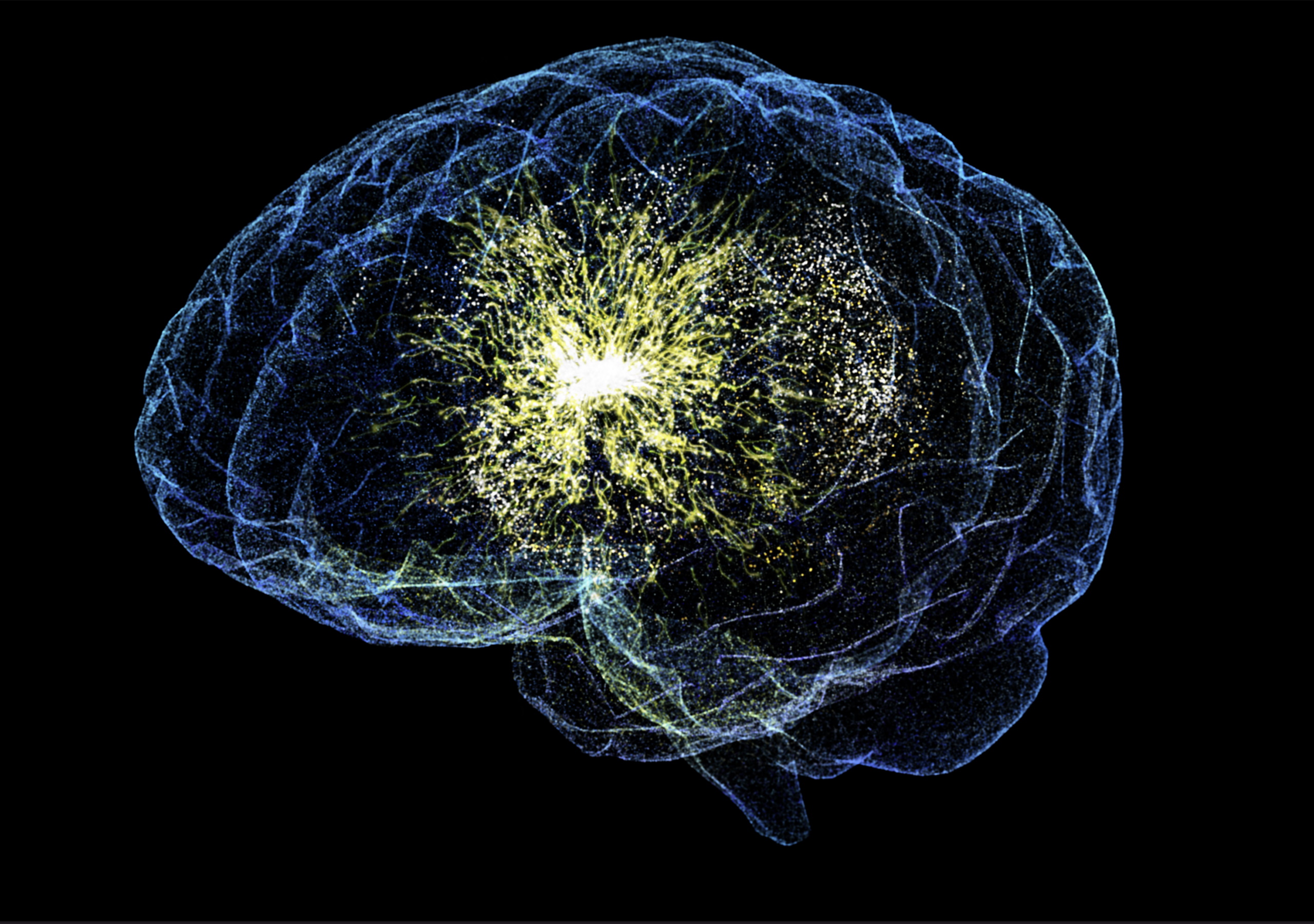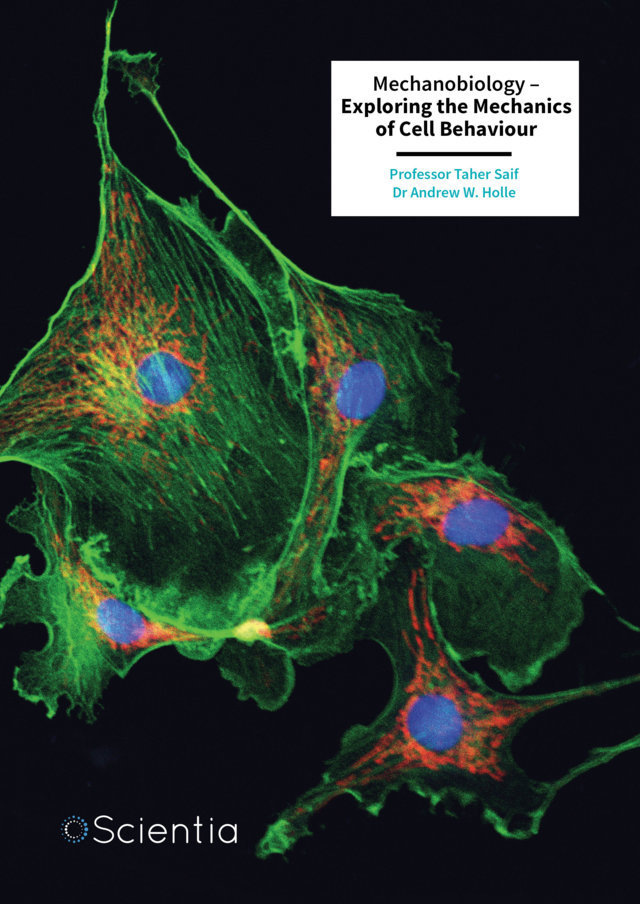Sepsis is a critical illness that begins with a simple infection and degenerates into a severe and dysregulated immune response that affects the whole body. This significant immune reaction typically causes widespread inflammation and can progress very rapidly. This can result in serious damage to tissues and organs, potentially leading to organ failure and death. Despite the severity of sepsis and its frequent poor prognosis, effective treatments are still elusive, and many sepsis patients remain at high risk of death and serious complications. Part of the issue is the complex cascade of cellular and biochemical events that underlie sepsis, which has made it difficult to obtain a comprehensive overview of the illness from which to design an effective treatment. Dr. Roberta Martinelli, Executive Director of Stromal Immunology and Early Discovery, Discovery Immunology, Merck, and colleagues, have published a study in the journal iScience which reveals new insights into the complex biological milieu underlying sepsis, and uncovers pathways and potential treatment targets that could change how we diagnose and treat this life-threatening illness. More
When our body contracts an infection, it mobilizes an army of immune cells. Among these, neutrophils are the first line of defense, tasked with engulfing and destroying invaders such as bacteria and fungi. However, their power is a double-edged sword. In sepsis, neutrophils don’t just fight pathogens, they can also inflict collateral damage, amplifying inflammation and harming the body’s own tissues.
Dr. Martinelli’s team focused on these enigmatic cells to unravel their role in sepsis. Using a sophisticated “systems immunology” approach, the researchers integrated data from various biological levels, including data on cellular, molecular, and metabolic phenomena that occur during sepsis. Their aim was to understand how neutrophils interact with other players in the body, such as cytokines (which are small proteins that regulate inflammation) and metabolites (which are small molecules produced during metabolism), in septic patients compared with healthy individuals.
One of the team’s major discoveries was the identification of distinct subsets of neutrophils in septic patients. These included unique subsets of mature neutrophils, which are fully developed and efficient at neutralizing pathogens, and immature neutrophils, which are newly released from the bone marrow in response to the infection. The immature cells, lacking a surface marker called CD10, were found in significantly higher numbers in septic patients.
While immature neutrophils are part of the body’s emergency response to infection, they appear to have unintended consequences in sepsis. Dr. Martinelli’s team observed that their abundance was correlated with worse clinical outcomes, including higher scores on the Sequential Organ Failure Assessment scale, a metric used by doctors to assess the severity of organ dysfunction in sepsis. This finding suggests that these cells may not only reflect the severity of sepsis but also contribute to its progression.
In sepsis, the immune response can go into overdrive, releasing a flood of cytokines in a phenomenon called a cytokine storm. These molecules, including TNF-alpha, IL-6, and IL-1beta, amplify inflammation, leading to damage in tissues and blood vessels. Dr. Martinelli’s study revealed that expression of specific neutrophil proteins are closely intertwined with this cytokine activity, forming a network of interactions that fuel the immune response.
The researchers also examined metabolites, which are chemical byproducts of the body’s metabolic processes. In septic patients, they found significant disruptions in the levels of certain metabolites, including fatty acids and lysophosphatidylcholines, which are involved in energy production and cell signaling. These changes suggest that sepsis not only hijacks the immune system but also disrupts the body’s metabolic balance.
Intriguingly, the study found that the abundance of immature neutrophils was correlated with altered levels of specific molecules such as pentraxin-3 and angiopoietin-2, both of which are known to affect blood vessel integrity. This suggests that these immature neutrophils might be key drivers of the vascular leakage that often leads to organ failure in sepsis.
One of the most exciting outcomes of this research is its potential to improve sepsis diagnosis and treatment. By integrating complex, manifold data on neutrophil markers, cytokines, and metabolites using patient samples, Dr. Martinelli and her colleagues have paved the way for a predictive model that could help to distinguish septic patients from healthy individuals with remarkable accuracy. This multi-layered approach represents a significant step toward precision medicine, where treatments are tailored to the specific immune and metabolic profiles of individual patients. Given the potentially rapid progression of sepsis and its serious prognosis, identifying septic patients as quickly and accurately as possible could reap huge clinical benefits.
The study has revealed that sepsis is not just an infection, but rather a complex interplay of immune dysregulation and metabolic chaos that has been catalysed by infection. The discovery of distinct neutrophil subsets and their interactions with cytokines and metabolites provides a clearer picture of why some patients deteriorate rapidly while others recover.
Moreover, the study reveals that immature neutrophils are active players in sepsis. While these cells may lack some capabilities of their mature counterparts, they are not passive. Instead, they appear to be actively involved in shaping the immune response, sometimes with harmful consequences.
Sepsis remains a formidable challenge, but the work of Dr. Martinelli and her team offers hope. By identifying key biomarkers such as CD10, pentraxin-3, and lysophosphatidylcholines, this research lays the groundwork for new diagnostic tools that could catch sepsis earlier, when interventions are most effective. Additionally, understanding the role of immature neutrophils could lead to therapies that specifically modulate their activity, thus reducing the risk of systemic damage or complications.
Looking ahead, further studies are needed to translate these findings into clinical practice. For instance, researchers could explore whether targeting specific neutrophil subsets or their interactions with cytokines and metabolites might halt the progression of sepsis.
The human body is a battlefield in sepsis, where the immune system’s best intentions can sometimes cause harm. Through meticulous research, Dr. Roberta Martinelli and her colleagues have illuminated the intricate relationships between neutrophils, cytokines, and metabolites in this condition. Their work not only advances our understanding of sepsis but also offers a roadmap for more effective and personalized care. In the fight against sepsis, knowledge is our most powerful weapon, and this study represents a significant victory.







